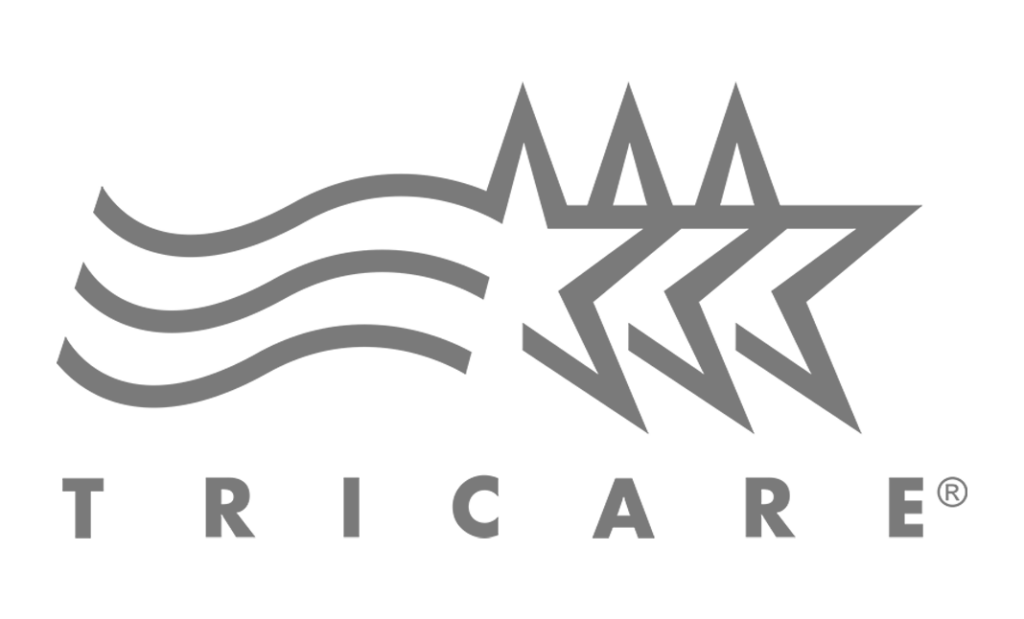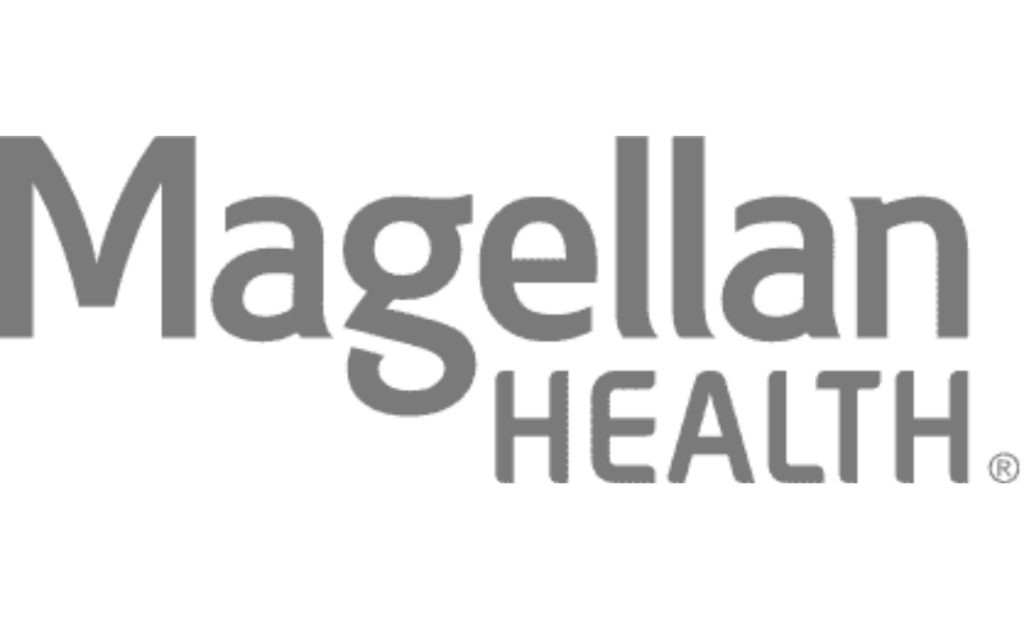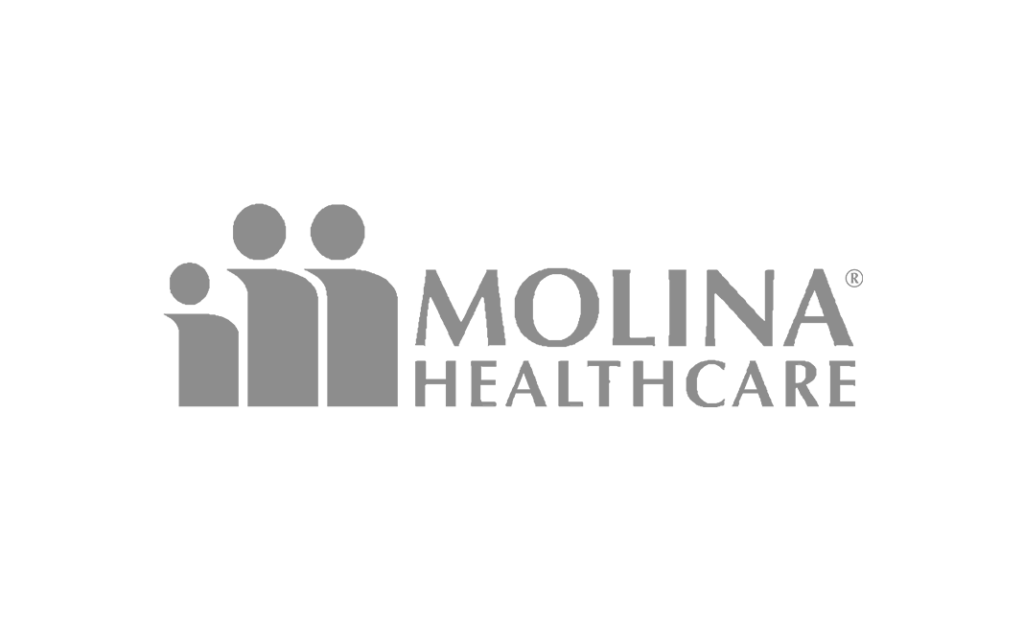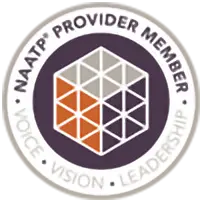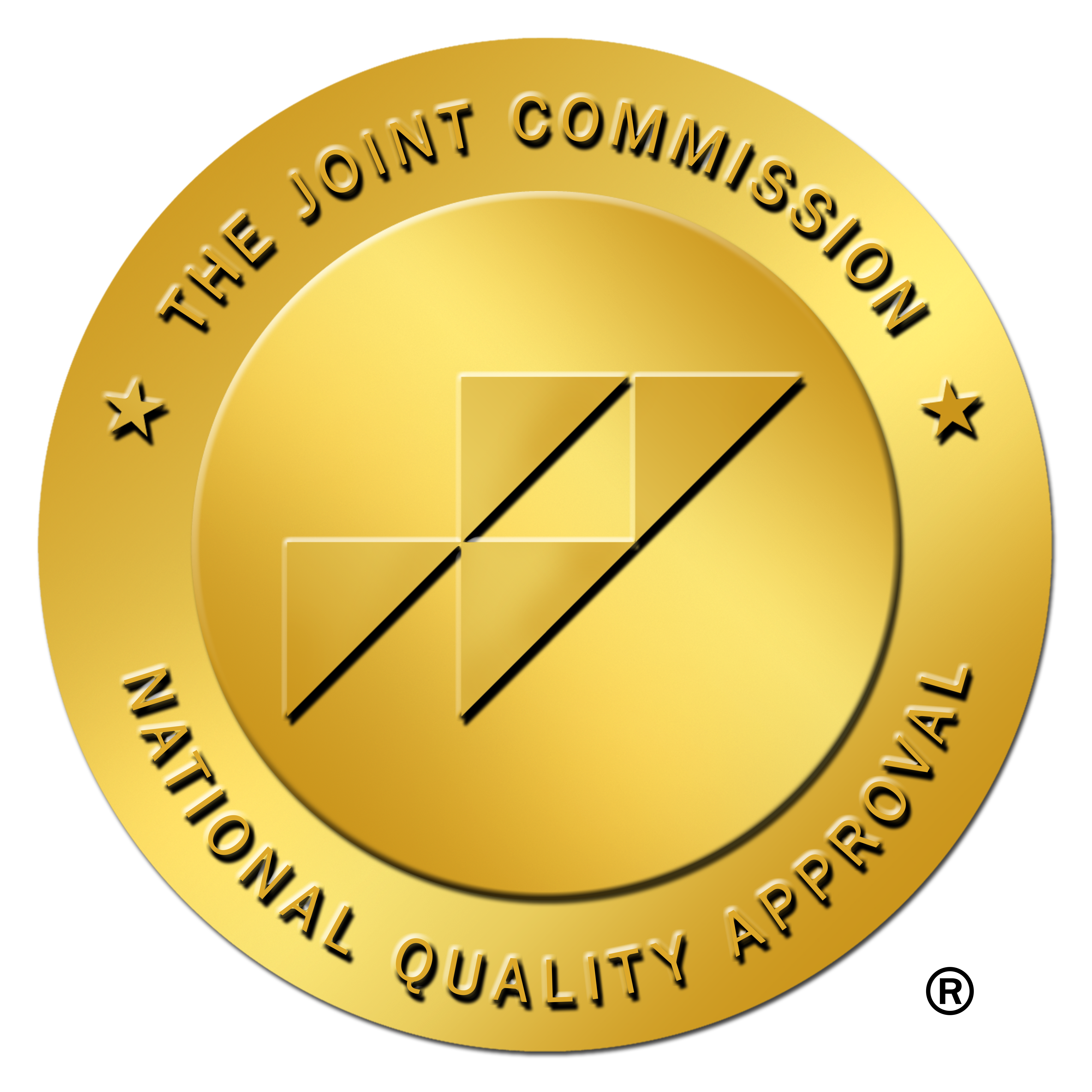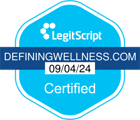Understanding 12-Step Meetings and How They Work for Our Clients
Sometimes, looking at the larger picture can become intimidating when it comes to the recovery process of addiction to drugs and alcohol. The 12-step meetings break down the process, making it easier for clients to recover one step at a time. Their process can involve face-to-face meetings as well as virtual online meetings or telephone conferences.
Rehab centers make clients comfortable opening up and sharing their thoughts and experiences at each meeting. The meeting revolves around a single step towards each person’s recovery process. It becomes a support group not to judge the individual but to enhance their progress at their own pace.
We know that slip-ups may occur with some, and the 12-step meetings help participants work together to hold each other up and continue moving forward in recovery. It is a way to break the habits and drive our clients to higher success rates. Meetings occur anywhere a group can find the space for at least an hour a week. Some groups may have longer meeting or more meetings during the week. Some gathering places are at rehab centers; others are at churches, homes, or any building available to accommodate the group.
Working Through the 12 Steps
Each group has a primary agenda around the 12-step program, many like the Alcoholics Anonymous (AA) groups. However, they are not limited to alcohol topics only. They are also related to drug use and other habits that plague each person daily. The most famous is AA, and another is the Al-Anon Family Group.
Every step below has discussions for each duration of the meeting, and it also helps the client to keep journals of their daily progress. This way, they can go back and review notes and pick out the instances that worked best for them. It is a major lifestyle change to live according to the 12-step program, and clients can always go back should they slip up along the way. Clients should never miss a scheduled meeting, especially if it is their first time working through the 12 steps.
1. Admitting You Need Help
This is the first step to healing and the most difficult. Admitting you have a problem is hard because you may not know you have a problem. Without this step, none of the others will work. Other people will always notice a change in us before we do. You will have support at its highest during this step to keep you grounded when you realize you cannot get sober and stay sober alone.
2. Accepting and Believing in a Higher Power
Believing in a higher power (whoever or whatever you believe that to be) is the next step to help you along the way to recovery from addictions. Knowing that the higher power will not leave nor forsake you in your times of need is essential to reliability, along with help from the support group. Sometimes, your friends or family may not be there if the temptation is unbearable. Leaning on your higher power lets you know you are never alone.
3. Making the Life-Changing Decision
It is critical to make up your mind about the direction you choose to go. Deciding to cling to and follow the higher power will also let you know you cannot do it alone. As humans, we need the reliability of that higher power to keep us and guide us on the right track. Once you decide, things will become more straightforward, and you will realize you have a fighting chance to victory.
The support group within the meeting will pray with you and share stories about how the higher power works, giving you insight about how to better the journey. It allows you to have your perception of the higher power and helps everyone understand how to submit to the will of that higher power.
4. Taking an Honest Inventory of Ourselves
This step is best known as soul searching. Picture your life as a beautiful garden; you must remove the weeds to keep the garden beautiful. Examine what is bad through honesty, remove it, and keep the good. If you leave the weeds and let them take over the garden, you will find that the garden will not flourish as it should. By being honest with ourselves, everyone will know what leads to drinking or using substances that hold you bound.
During the meetings, everyone can share these insights and discuss each person’s process individually. What one person finds may be helpful for another individual going through the same journey.
5. Acknowledging Wrongdoings
Acknowledging wrongdoings to the group, ourselves, and the higher power is another source of admitting we need help and taking accountability for our actions. This comes after the self-inventory when you can speak it out loud because words spoken out loud carry power and release. We hear ourselves, and at the same time, the higher power and others listen to us as we speak.
Holding these wrongdoings inside will lead to more problems in the future in the recovery journey. By opening up, you must be honest with yourself because it is another way of holding yourself accountable for your actions. It proves you understand where you went wrong and now have the keys to fix the situation.
6. Letting the Higher Power Remove the Defects
This step is complete submission, where you let go of all that keeps you to the habits. Hand over everything to the higher power and trust whoever your higher power is.
To recap, you have already acknowledged you need help, relied on the group and the higher power, done self-inventory, and completely understood the causes of these trials. You should feel your mind start to move in a positive direction, and this step releases the burdens that hold you down. Trust is the key to this step.
7. Requesting the Removal of Shortcomings
Shortcomings are not necessarily intentional faults. They are actions, good or bad, that may be missing from our lives. For example, doing something wrong with the right intentions is a shortcoming because the outcome will not be as expected. Not doing what we should is also a shortcoming because the goals will never be complete.
You now know only the higher power can fix this because you have already submitted to that power in the previous step. It is time to request healing from that higher power to make things right again. These are also topics to share in the meetings as support continues to flow.
8. Making a List of Those You Hurt
Everyone hurts someone at some point in their lives. When drugs and alcohol are involved, it amplifies the hurt toward others. This step involves grabbing a pen and paper to list those you hurt throughout your life, not just when you were under the influence. It must be genuine with the knowledge and preparedness to let go and forgive. There is something in forgiveness that releases burdens whether others forgive us or not.
9. Making Amends to People and Restoring Relationships
When you apologize to people you have hurt or reconcile with those who have hurt you, you free yourself from the pain that held you down. It is also critical to forgive yourself.
You may not be able to meet with everyone immediately, but in your mind and heart, you can still make peace with them. Mending fences with those from whom you’ve become estranged, for whatever reason, opens the door to healing for everyone involved.
10. Continuing to Be Humble and Search Your Soul
Being humble and admitting when you’re wrong helps keep relationships strong without the need for anyone to hurt anyone else. It’s not important to decide who is right or wrong; if you are wrong, acknowledge it, accept it, and move on.
As you continue to take self-inventory, you will find it is a daily process and never ends. We follow our routines daily, and you never know when you may hurt someone unintentionally. By recognizing these issues, you will grow every day and notice when it is time to apologize and seek forgiveness in your daily life. Likewise, you must continue to forgive and examine your conscience at the end of every day.
11. Continuing to Pray to and Rely on Your Higher Power
Meditate and continue to pray to your higher power. Every day is valuable and will continue to be a struggle. As you wrap these steps up, you will notice it is a cycle of owning up to your actions, clinging to the support groups, your family, and, ultimately, your higher power. This will continue to give you the strength and courage to fight off most of the temptations that come with the rest of your life.
12. Paying It Forward
As you reach this last step in the 12-step program, continue to put all the steps together and make them a way of life. Others have helped you get to this final step, so now it is time to pay it forward to others who need relief.
Start a group, or work one on one with others who struggle with alcohol and drug use. The key here is to take what you learned and help others. As you do this, it will keep the 12 steps alive every day and remind you of the path you came from in hopes and faith never to go back again.
How the 12 Steps Give Meaning to Those Who Struggle
Without help and these steps, life can become meaningless to some. Everyone has a sense of purpose, but drugs and alcohol tend to dull it. Those who remain idle may find their way out of the problem, but they are almost guaranteed to fall more than those who get the help they need.
Accepting the help offered by people trained and certified to assist you in the journey is critical. The key is never to give up because even those who follow the 12 steps conscientiously still sometimes fall victim to the pressures of life. When this happens, you can start from scratch at the beginning of the 12 steps or find the place where you faltered and start from there.
Those who do not seek help may find it more challenging to fight the daily battle and can fall into depression or anxiety. This amplifies the struggles and requires more attention.
If you follow the steps throughout your recovery, it gives life a sense of purpose. It will make you feel needed and build up your confidence while helping others and the community as a whole.
How Treatments Work With 12-Step Meetings
The combination of the treatments at our Defining Wellness Centers, and 12-step meetings offer our clients a positive outlook for recovery. Upon arrival, our clients are diagnosed with one of the three categories: mild, moderate, or severe. The detox phase begins to battle the withdrawal symptoms, which is the most complicated part of the process.
If our client is in the mild category, the process is not as harsh. However, the more severe the category, the longer detox will take. Every situation is different, and our clients are monitored closely with the best care possible throughout the duration.
Once the detox phase is complete, our clients take part in our support groups and therapy sessions, where they begin the 12-step meetings. By the time they begin the 12th step, our clients are evaluated as the lifestyle of sobriety begins. They are excited as we all rejoice and let them know our Defining Wellness Centers are always available when needed. If you believe you need help, reach out to us today.












